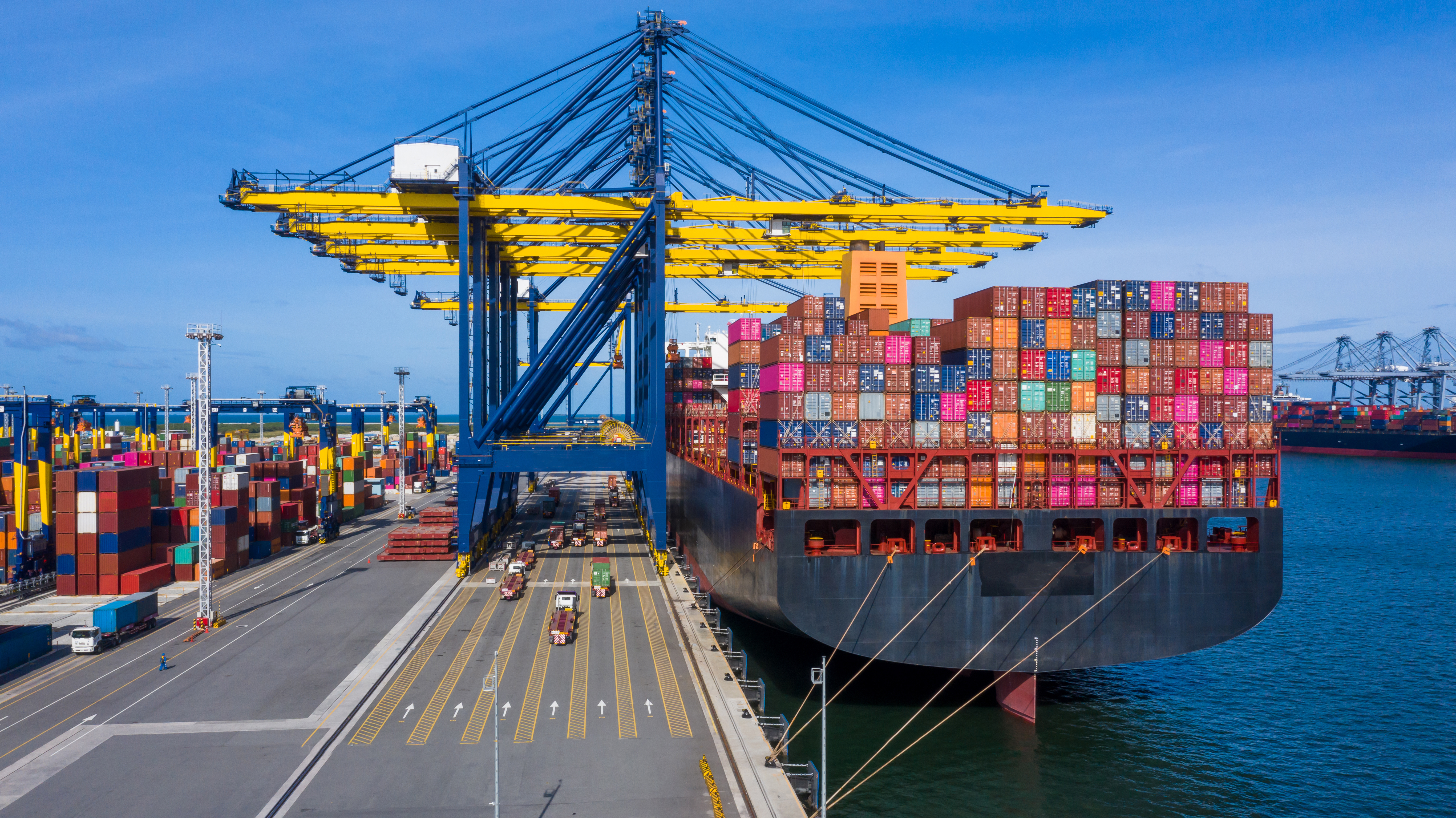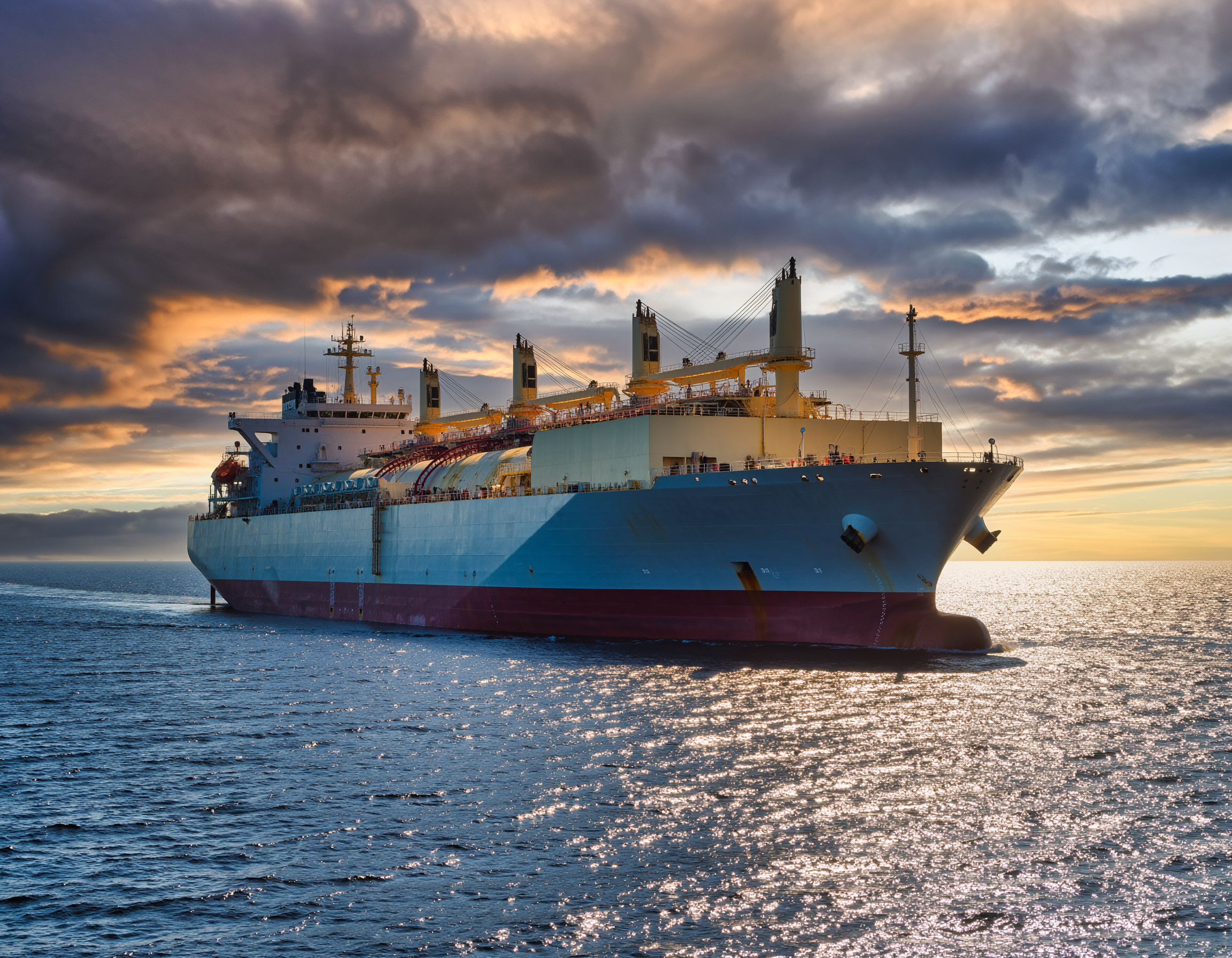本文有中文版,请参文末链接。
The advent of dual fuel engines on LNG tankers marked a fundamental shift in maritime transport, enhancing operational flexibility and reducing emissions by utilizing both conventional fuel and a cleaner-burning LNG. As a viable fuel, the composition of LNG, particularly its nitrogen content and the resultant heating value, is critical as it directly influences the utilization of boil-off gas (“BOG”) in these engines. The Club has observed an uptick in LNG charterparty disputes stemming from elevated fuel consumption and breach of fuel performance warranties, particularly when the LNG contains a high concentration of nitrogen—a phenomenon frequently associated with LNG sourced from U.S. ports.
Boil-off gas (BOG) generated during LNG transportation is routed to the ship’s propulsion system and used as fuel for dual-fuel engines, which can operate on both BOG and traditional marine fuels like heavy fuel oil (HFO) or marine diesel oil (MDO). To report the total fuel consumption of an LNG carrier, the concept of Fuel Oil Equivalent (FOE) is employed. FOE is a contractual method of converting a volume (m³) of LNG to its equivalent mass (Mt) in liquid fuel oil, based on the heating values and densities of LNG and liquid fuel oil. This allows the charterer to assess whether the equivalent value of consumed BOG has been obtained, ensuring the owner meets speed and consumption warranties. However, this arrangement considers the heating value of LNG rather than BOG, which is actually combusted in the engines. This discrepancy is magnified when LNG has a high nitrogen content.
It is important to note that the BOG has a different composition than the LNG. Due to the different boiling points of the individual components of LNG, the components that have a lower boiling point; that is the lighter gases, such as nitrogen and methane will boil off first compared to the heavier hydrocarbons having a higher boiling point. Nitrogen, being the most volatile component of LNG, leads to a much higher concentration of nitrogen in the BOG, significantly lowering its heating value, especially in the initial days of the voyage. Consequently, more BOG is required to maintain the desired speed. Since the FOE figure remains constant and is calculated from standard values and does not account for higher nitrogen content in the BOG, significant reporting errors and disputes over higher fuel consumption can arise.
While the ShellLNGTime1 charter form typically endorses a fixed FOE for simplicity, it is often revised so that a representative FOE can be calculated during laden or ballast voyages. However, even this adjustment presumes that the BOG mirrors the LNG’s composition and assigns a static heating value to LNG in the absence of a method to determine the BOG’s actual heating value. This approach simplifies the process but does not account for potential variations in the BOG’s composition.
To effectively manage nitrogen levels and mitigate the consequences of higher nitrogen concentration, it is important to have a better understanding of the BOG evaporating from the LNG during the voyage. Assumptions that the concentration of the BOG is identical to the loaded LNG or has a fixed value may lead to deviating results in reported fuel consumption.
To address these issues, the following steps can be taken:
1. Maximum Nitrogen Content Clause in the Charter Party.
Including a clause in the charter party that specifies a maximum nitrogen content. This provides clarity and consistency in managing nitrogen levels during cargo transportation. However, determining the specific limit would require negotiation between the parties involved. There is currently no standard industry clause in circulation, but it is known that INTERTANKO is in the process of recommending a suitable clause.
2. Total Boil-Off calculation Based on Heating Value.
Instead of calculating the fuel consumption based on boil-off volume consumed, it can be calculated based on the difference in the total heating value of the cargo at departure and arrival ports. This aligns with how LNG is traded in energy content (in MMBTU) rather than volume, providing a more accurate representation of the energy content used. This method has its own challenges as Custody Transfer Measurement Systems (CTMS) readings have significant error margins, which may affect accuracy.
3. On-Board Gas Chromatography (GC) Machines.
Installing GC machines on LNG vessels can directly measure the nitrogen content and other gas components in real-time. This enhances accuracy and reliability in determining the exact composition of the BOG and in turn the energy/fuel consumption by the engines.
4. Modelling Nitrogen/Methane Boil-Off for a dispute Resolution.
Developing a model to predict nitrogen and /methane content in BOG and calculate the resultant heating value can be useful during disputes or claims related to boil-off warranty breaches. This requires robust modelling techniques and agreement on the methodology.
It is important to note that each solution has its trade-offs and considerations. The choice of the approach depends on the specific context, contractual agreements, and operational feasibility. In the increasingly competitive LNG market, the imposition of more stringent fuel consumption limits and enhanced monitoring practices is imminent. Consequently, a comprehensive understanding of the dynamics between the liquid and gas phases of LNG will be crucial for all stakeholders, including all those involved in LNG charterparty negotiations and associated potential disputes.




![The Solomon Trader [2025] EWCA Civ 1387: The ‘pay to be paid’ rule affirmed in the Court of Appeal](/fileadmin/uploads/ukpandi/News_Images/AdobeStock_104743067.jpeg)
